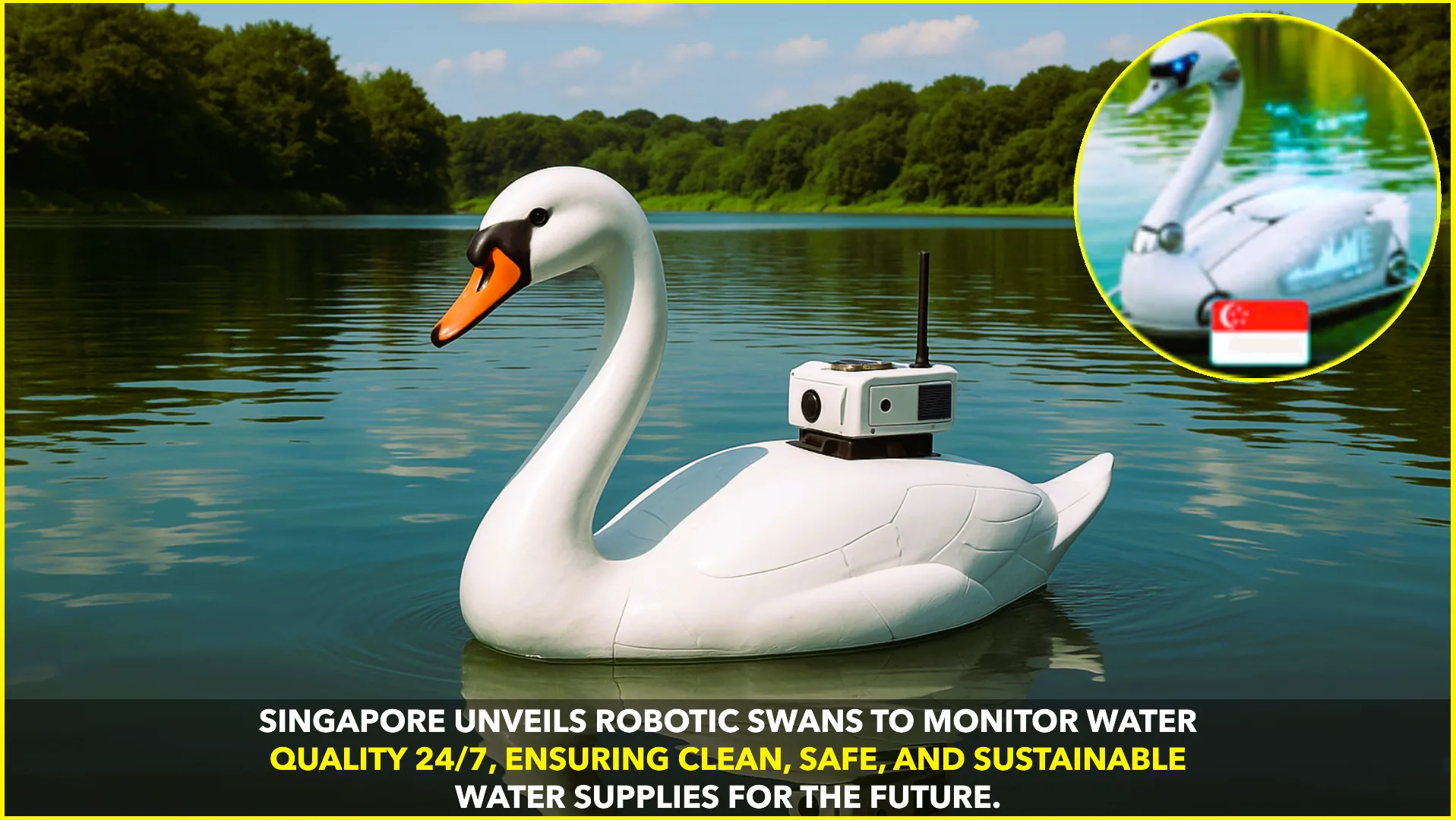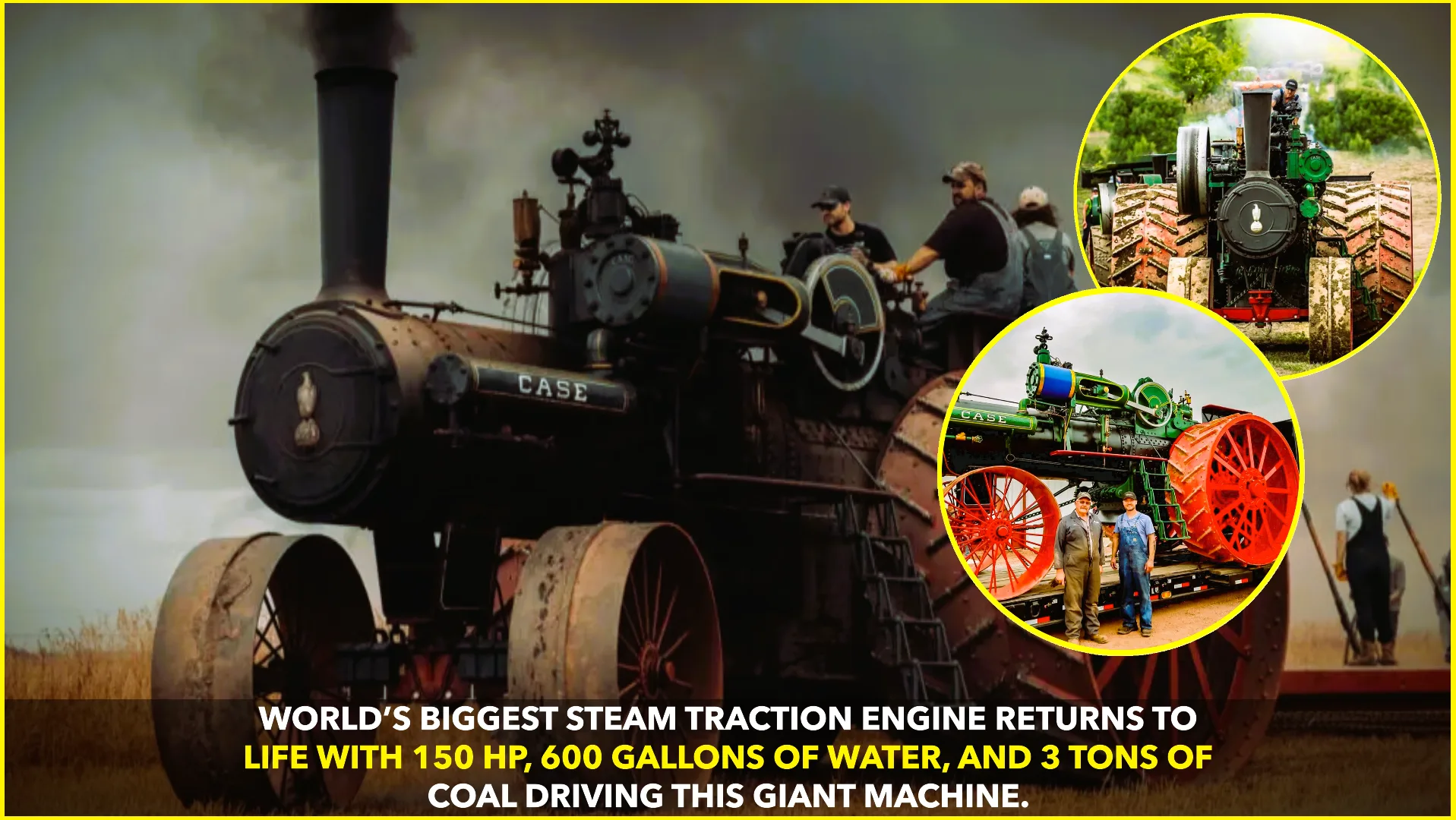In a groundbreaking advancement in climate change mitigation, researchers have developed artificial leaves capable of absorbing carbon dioxide (CO2) at rates ten times higher than their natural counterparts. This innovation holds significant promise for reducing atmospheric CO2 levels, a primary driver of global warming.
A Revolutionary Leap in Carbon Capture
Artificial leaves mimic the process of photosynthesis, a natural method used by plants to convert CO2 into oxygen and energy. However, scientists have now engineered synthetic versions with enhanced capabilities, making them far more efficient at capturing greenhouse gases. Unlike traditional plants, which rely on biological functions, these artificial leaves use advanced materials and technology to optimize carbon absorption.
How These Artificial Leaves Work
The artificial leaves are composed of a porous matrix embedded with catalysts that accelerate CO2 capture. When exposed to sunlight, these materials facilitate chemical reactions that convert CO2 into carbon-rich compounds, potentially usable for fuel or other applications. Unlike real leaves, which have limitations due to seasonal variations and environmental factors, artificial leaves can operate continuously under various conditions.
One of the key breakthroughs in their development is the use of metal-organic frameworks (MOFs). These highly porous structures act like sponges, trapping CO2 molecules efficiently. By integrating these materials into the leaf design, scientists have created a system that outperforms natural photosynthesis by a wide margin.
Implications for Climate Change Mitigation
With rising global temperatures and increasing carbon emissions, finding scalable and efficient ways to remove CO2 from the atmosphere is crucial. Traditional carbon capture methods, such as industrial scrubbers and underground sequestration, have limitations in cost and effectiveness. Artificial leaves present an alternative solution that is both sustainable and potentially more efficient.
Experts believe that integrating these artificial leaves into urban landscapes, industrial areas, and even homes could significantly reduce carbon footprints. They could be installed on building facades, rooftops, or large-scale facilities to passively absorb CO2 and contribute to cleaner air.
Challenges and Future Prospects
Despite their promising potential, artificial leaves are still in the early stages of development. Key challenges include scaling production, improving durability, and optimizing energy efficiency. Researchers are actively working on refining the technology to make it more cost-effective and commercially viable.
Moreover, questions remain about the long-term impact of these artificial leaves on ecosystems. While they absorb CO2 efficiently, their integration with existing environmental processes needs careful consideration to avoid unintended consequences.
A Hopeful Step Toward a Greener Future
The development of artificial leaves marks an exciting step forward in combating climate change. With their ability to absorb CO2 at unprecedented rates, these synthetic innovations could become a key tool in global efforts to reduce carbon emissions. As research progresses, artificial leaves may soon become a practical solution for mitigating climate change, paving the way for a more sustainable future.
With continued investment and refinement, these artificial leaves could revolutionize the fight against global warming, offering a scalable and effective approach to carbon capture. If successfully implemented, they could play a vital role in achieving net-zero emissions and preserving the planet for future generations.










